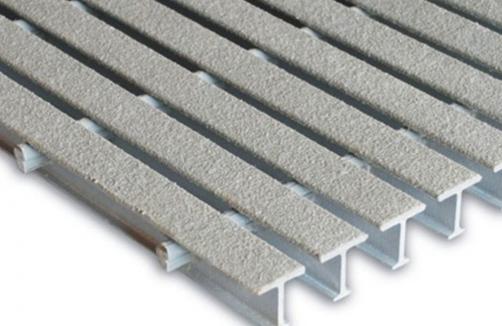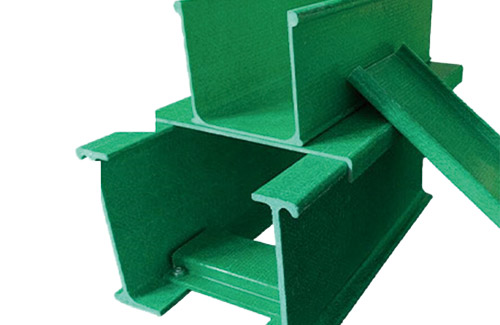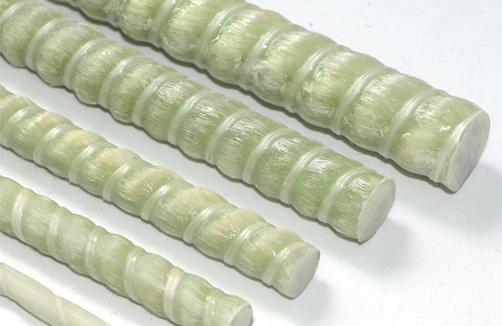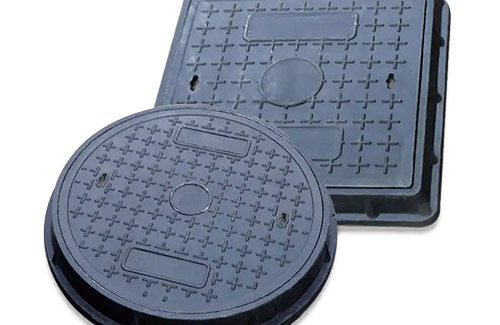The characteristics and application of microporous fiberglass grating (19cm x 19cm)
Microporous fiberglass grating, also known as small hole fiberglass grating, has been widely used in many fields due to its unique 19cm x 19cm aperture design. This type of grille is mainly used in places such as bathing centers, breeding farms, car wash rooms, and some chemical plants.
Micro porous fiberglass grilles and large porous fiberglass grilles (usually with a diameter of 38cm x 38cm) are similar in terms of raw materials and production processes. Both use resin, fiberglass fibers, and fillers as the main raw materials, and are formed by manual drawing and resin pouring to ensure the load-bearing capacity of the product.
However, there are also significant differences between them. Firstly, the plate design of the microporous fiberglass grating is divided into two layers, with an upper pore size of 19cm x 19cm and a lower layer of 38cm x 38cm. This design enhances the load-bearing capacity of the microporous grating. In contrast, the large hole grille has only one layer and a diameter of 38cm x 38cm. Due to the more complex production process, the manufacturing cost of microporous fiberglass grating is relatively high, so the price is usually slightly higher than that of large hole grating.
In addition, the production molds and overall plate specifications of microporous fiberglass grilles are different from those of large hole grilles. Due to the complexity of the production process, the output of microporous grilles is relatively low. In the selection of whole board specifications, microporous grilles may not be as diverse as large perforated grilles, so it is necessary to communicate and confirm in advance when making the selection.
Despite starting late, micro porous fiberglass grilles have gradually entered our daily lives, not limited to the industrial field. Its unique design and broad application prospects make it a popular building material.








